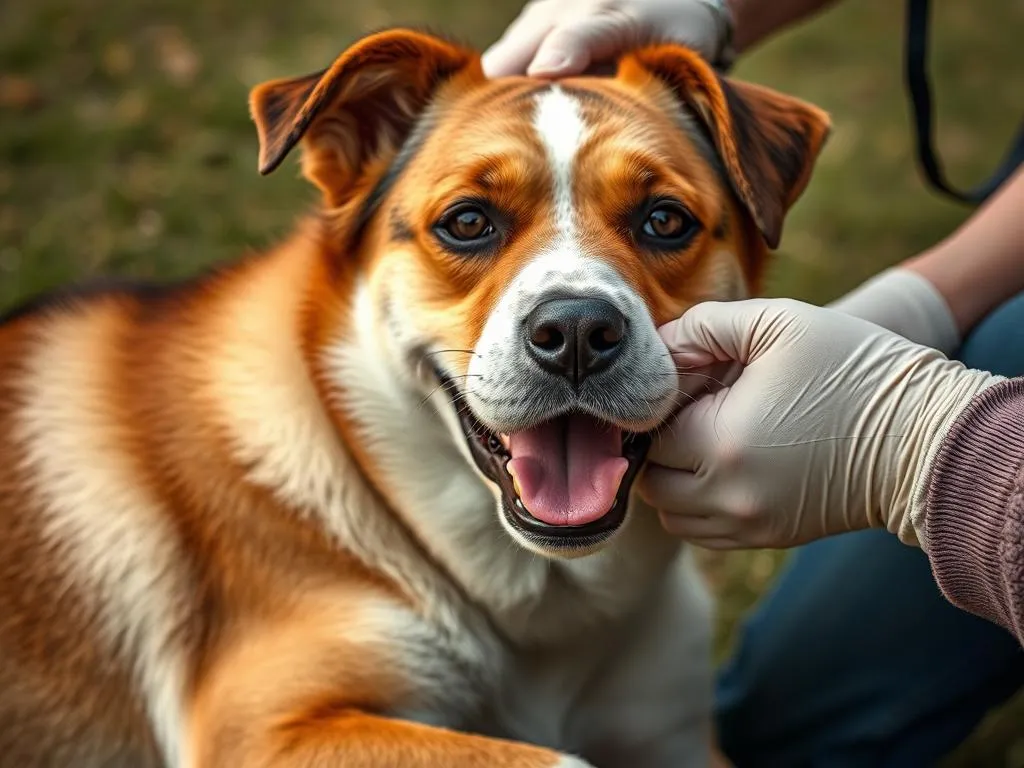
In emergency situations, knowing how to do dog CPR can mean the difference between life and death for your beloved pet. Just like humans, dogs can experience cardiac arrest, choking, or other life-threatening conditions that require immediate intervention. Being prepared with the knowledge of dog CPR is essential for every pet owner.
Understanding Dog CPR
What is Dog CPR?
Cardio-Pulmonary Resuscitation (CPR) for dogs is a lifesaving technique used to restore normal breathing and circulation in a dog that has stopped breathing or whose heart has stopped beating. It mimics the natural process of breathing and heartbeat, providing critical oxygen to the brain and other vital organs until professional veterinary help can be obtained.
When to Perform CPR
Certain situations warrant the performance of CPR. These include:
- Cardiac Arrest: If your dog suddenly collapses and is unresponsive.
- Choking: If your dog is unable to breathe or is making gagging noises.
- Severe Trauma: Following an accident that has caused significant injury.
Signs that your dog may need CPR include:
– Unresponsiveness
– No breathing or abnormal breathing (gasping)
– No heartbeat (you may check for a pulse)
Preparation for Dog CPR
Assessing the Situation
Before performing CPR, it’s crucial to evaluate your dog’s condition quickly. Ensure that the environment is safe for both you and your pet. If your dog is in distress, approach carefully to avoid causing additional fear or injury.
Gathering Necessary Information
Familiarize yourself with your dog’s size, breed, and any known health conditions. This knowledge will help you tailor your CPR technique appropriately. Additionally, keep your dog’s medical history handy, as this information can be vital for veterinarians after the emergency.
Performing Dog CPR
Basic Steps of Dog CPR
Step 1: Check Responsiveness
Gently tap your dog and call their name. If there’s no response, proceed to the next steps.
Step 2: Open the Airway
Place your dog on their side and gently extend their neck. Clear any obstructions from the mouth using your fingers, if safe to do so.
Step 3: Breathing Techniques
For dogs under 30 pounds, use the mouth-to-nose technique. Close the dog’s mouth, place your mouth over their nose, and give 2 gentle breaths. For larger dogs, use the mouth-to-nose method, but ensure a tight seal around the nose.
Step 4: Chest Compressions
– For small dogs: Place your hands around the chest. Compress the chest about 1-2 inches deep.
– For medium to large dogs: Position your hands at the widest part of the chest. Compress the chest about 1/3 to 1/2 the width of the chest.
– The recommended ratio is 30 chest compressions followed by 2 rescue breaths.
Adjusting Techniques for Dog Size
The technique for performing CPR varies based on dog size:
- Small Dogs: Often require a gentler approach, using one hand for chest compressions.
- Medium Dogs: Use both hands for compressions, ensuring you maintain a steady rhythm.
- Large Dogs: Can require more force; use your body weight to assist in compressions.
Common Mistakes to Avoid
It’s easy to panic during an emergency, but staying calm is essential. Common mistakes include:
– Misjudging the depth of compressions.
– Failing to clear the airway properly.
– Not seeking immediate veterinary help after performing CPR.
Post-CPR Care
Immediate Veterinary Attention
Regardless of the outcome of your CPR efforts, it’s vital to take your dog to the vet immediately. Inform the veterinarian about the incident, including how long your dog was unresponsive and the CPR steps you performed.
Monitoring Your Dog
After CPR, keep a close eye on your dog for any signs of distress. Monitor for:
– Abnormal breathing patterns
– Weakness or lethargy
– Signs of pain or discomfort
Basic first-aid measures, like keeping your dog calm and comfortable, can help until professional help arrives.
Preventing Emergencies
Regular Health Checkups
Routine veterinary visits and vaccinations are crucial in preventing health emergencies. Regular checkups can help identify potential health issues early, ensuring that your dog stays healthy.
Emergency Preparedness
Creating a pet first aid kit is essential. Include items such as:
– Gauze and bandages
– Antiseptic wipes
– Tweezers
– A digital thermometer
– A muzzle (to prevent biting when in pain)
Consider enrolling in CPR and first aid classes for pets. These courses can provide invaluable training and confidence in emergencies.
Recognizing Signs of Distress
It’s important to be observant of your dog’s health. Common signs to watch for include:
– Vomiting or diarrhea
– Excessive panting or drooling
– Changes in appetite or behavior
Responding quickly to these signs can prevent emergencies from escalating.
Resources for Dog Owners
Training Courses and Certifications
Seek out local and online training programs that offer CPR and first aid courses for pets. These programs can equip you with the skills needed to respond effectively in an emergency.
Helpful Tools and Products
Invest in a well-stocked pet first aid kit. Essential items include:
– Adhesive tape
– Sterile gauze pads
– Antiseptic solutions
– Emergency contact numbers for your vet and nearby animal hospitals
Community Support
Connecting with local organizations or online communities can provide additional support and resources. Engage with other pet owners to share experiences and tips for maintaining your dog’s health.
Conclusion
Knowing how to do dog CPR is an invaluable skill for every dog owner. The ability to act quickly and effectively in an emergency can save your dog’s life. By staying informed and prepared, you can ensure your pet’s health and safety.
Stay vigilant about your dog’s health care needs, and remember that prevention is always better than cure. Regular vet visits, emergency preparedness, and a thorough understanding of first aid can help protect your furry friend.









